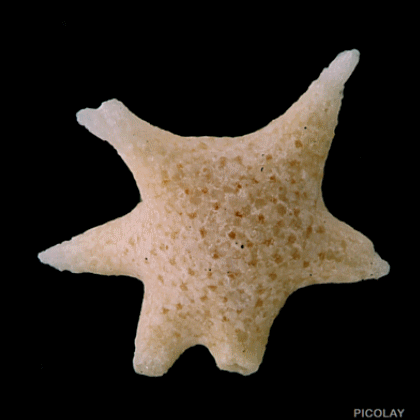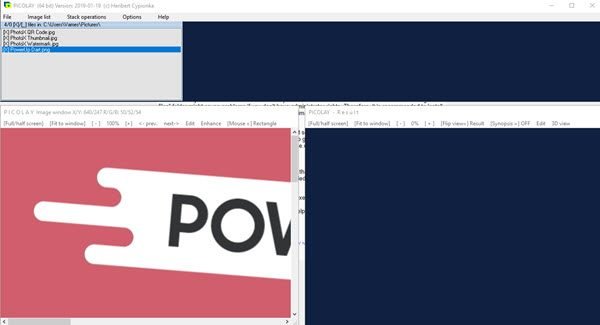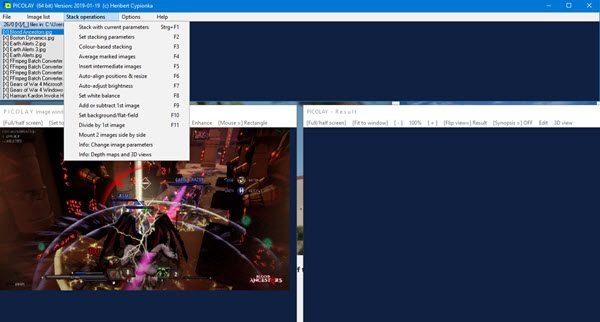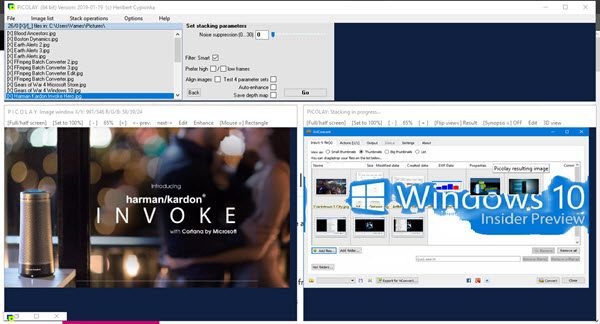It’s safe to say that 3D is no longer hot on the lips of consumers compared to a few years ago. At that time, companies were adding 3D tech to televisions and other consumer products, and everyone was excited. Even the Japanese gaming giant Nintendo got into the party with the Nintendo 3DS, a handheld video game system that delivers 3D without the need to wear glasses. It was quite impressive, but it didn’t take long for the excitement to die down.
Fast-forward to the future, and right now, the movie industry is probably the only entity still pushing 3D in a big way. This is probably done to increase revenue and discourage pirates because a recorded 3D movie doesn’t look good.
The question is, can consumers create their own 3D content with pictures? The answer to that is yes. There’s no need to purchase an expensive tool. Just take a look at Picolay as an alternative. Now, we’re not professionals when it comes down to creating 3D images, but if you are, then this tool should make the job all the easier.
Create 3D images with Picolay for Windows PC

1] Add Images

The first thing to do here is to add images, and from what we’ve come to understand, the user must add quite a lot of images to get the perfect 3D photo. Furthermore, one shouldn’t add random images because things won’t turn out well.
2] Image List

The image list section is where users go to move things around. With a simple click, folks can reverse the order of images, among other things. It’s quite nice, and we like how quickly it operates without any lag.
The ability to mark photos is there, but if you’ve changed your mind, just hit Toggle Mark to turn it off. Additionally, users can remove marked files from the list in a single swoop, so that’s great if you have more than 20 pictures added.
Interestingly enough, folks can add pictures to the list directly from the Image List tab. It’s just another option; therefore, you don’t have to use it if you don’t want to.
3] Stack Operations

This option is all about preparing and transforming your images into a single 3D format. The basic option is to select Stack with basic parameters, and from there, the tool will automatically decide what to do.
Depending on your Windows computer’s speed, this could take a long time to finish or a short while. The result of the image is determined by the one’s stack of photos used; therefore, users must choose the right one.
Download Picolay from the official website right now. The site offers a good stock of manuals and tutorials to help you.
Read: How to use Paint 3D App to create cool 3D Images.
Leave a Reply